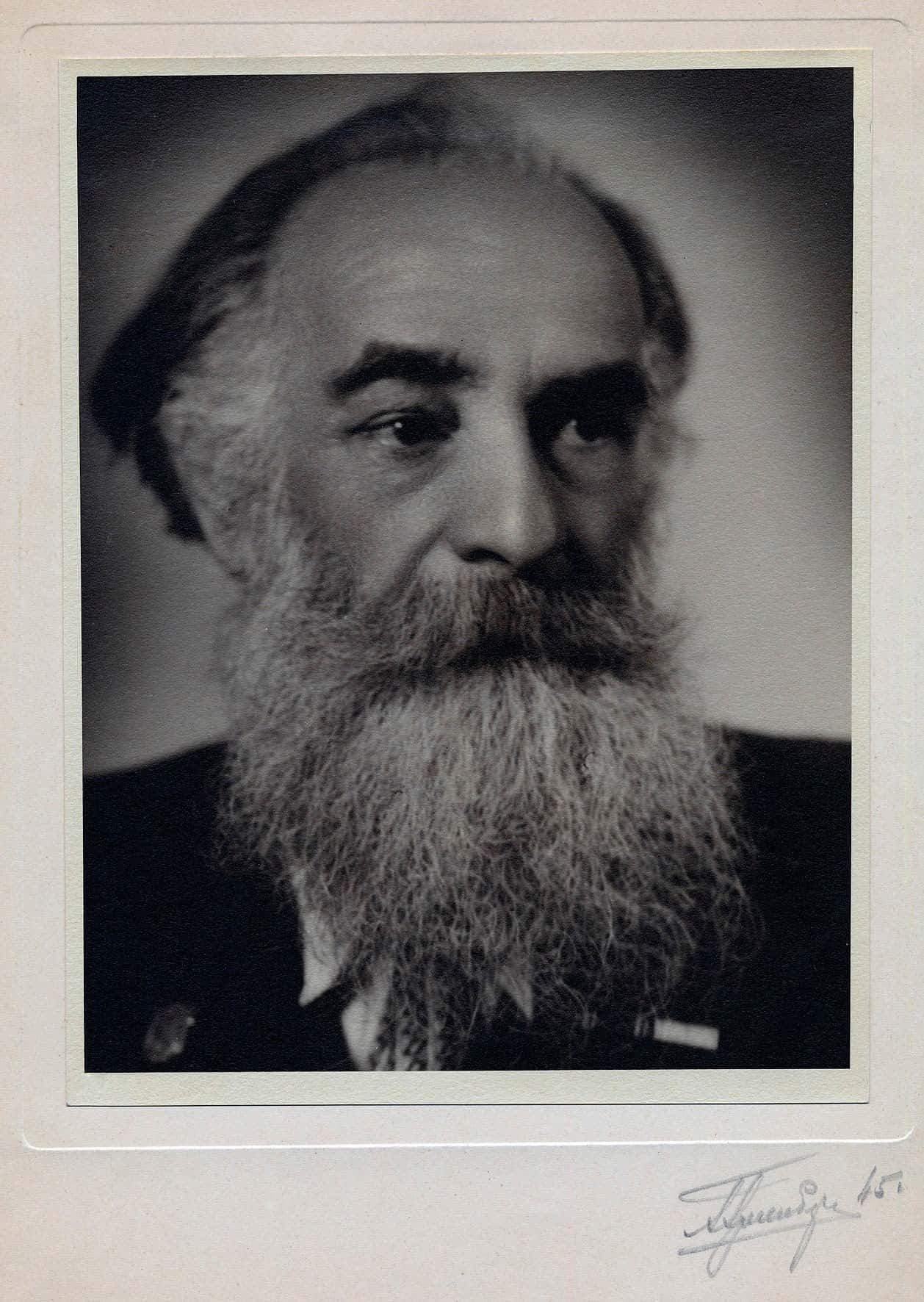The youngest of three remarkable scientist brothers (his elder brothers were archaeologist Ruben Orbeli and physiologist Levon Orbeli), Hovsep Orbeli was a renamed scholar of Armenian medieval history who was a long-time director of the Hermitage Museum in Leningrad (St. Petersburg) and first president of the National Academy of Sciences of Armenia.
He was born on March 20, 1887, in Kutaisi (Georgia). He completed his secondary education at a classical gymnasium in Tiflis (Tbilisi) and was admitted at St. Petersburg University in 1904. He studied history and philology with particular emphasis on Latin and Greek and graduated in 1911.
During his student years, Orbeli accompanied historian and philologist Nikolai Marr, his professor, to Eastern Armenia, where he participated in excavations of the ruins of Ani. Marr pushed his student to fully immerse himself in the fields of archaeology, literature, epigraphy, and linguistics in order to be prepared for his research and future studies. He also traveled to the historical region of Khachen (Artsakh), gathering and categorizing epigraphic material (1909).
Following his graduation, Orbeli moved to Armenia. He became the director of an on-site museum established in Ani and frequently headed the excavations during Marr’s absences. He also managed to travel to Western Armenia (1911-1912), where he was able to study Armenian, Seljuk, and Urartian monuments and conduct research on Armenian and Kurdish dialects.
Gradually Orbeli emerged as a leading authority on Armenian antiquities. In 1912 he became a member of the Imperial Russian Archaeological Society and in 1914 he began teaching Armenian and Kurdish studies at Saint Petersburg University. In 1916 he participated in a Russian archaeological expedition around the Lake Van region. He continued his work at Saint Petersburg University; in 1917 he was appointed assistant professor of Armenian-Georgian studies, but occasionally taught at Moscow’s Lazarian Institute of Oriental Languages. He became professor at Saint Petersburg (then Leningrad) University in 1919 and remained in that position until 1933.
In the years leading up to the Russian Revolution, Orbeli published a number of books, including a catalog of artifacts found at Ani and a series of studies dealing with classical philology, Armenian history, archaeology, and art. He started working at the Hermitage Museum in 1920 and was appointed its director in 1934. He held the position until 1951. He enhanced considerably the museum’s holdings of Oriental art, making it one of the top Oriental art museums in the world. His role as head of the national school of Caucasus studies was no less important. He underscored the importance of linguistic studies for proper understanding of historical processes.
He was president of the Armenian branch of the USSR Academy of Sciences (1938-1943) and then founder and first president of the Armenian Academy of Sciences, as well as director of its Institute of History (1943-1947). In 1953-1956 he was senior researcher at the Institute of Linguistics and in 1956-61, founding director of the Leningrad division of the Institute of Oriental Studies of the USSR Academy of Sciences. He returned to Leningrad University as professor at the Faculty of Oriental Studies (1955-1961), where he was also dean (1955–56) and head of the chair of Near and Middle East history.
Hovsep Orbeli passed away on February 2, 1961, and was buried in Leningrad.

